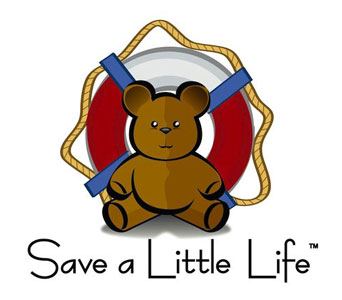HOW TO REDUCE YOUR CHILD’S RISK OF DROWNING
Drowning remains the second leading cause of injury death for infants and children less than 15 years of age in the U.S. Adding to this, children under 5 years of age and adolescents between 15-19 years have the highest rates of drowning in the country.
How are parents to respond to these figures? What can you do to create a safe environment in your home thus reducing the risk of a drowning accident?
The experts in prevention make their points quite clear to all parents of children at risk. These important safety tips include:
• Never leave an infant or small child unattended in the bathroom, even for a few minutes
• Never leave a child alone at the poolside
• Teach children water and swimming skills as early as possible
If you own a pool, you should take these special precautions:
- Safeguard your pool with a four sided fence of at least 5 feet in height Completely around the pool
- The gate should have a self-closing latch and be above the child’s reach
- If possible, alarm all doors leaving the home that lead to your pool
- Install a motor-driven safety pool cover to securely cover the water area
- Install a phone at poolside with emergency numbers clearly posted and or programmed into a speed dial format
Further statistics reveal that children between 5-19 most often drown in lakes, ponds, rivers and pools. Clearly, we cannot gate and cover their entire world so precaution & prevention need to be at the top of our priority list.
WHAT TO DO IF A DROWNING OCCURS
First and foremost, be ready by having taken a CPR COURSE and try to sharpen those skills annually at the very least.
Should you pull a child from the water and they are not responding to usual stimuli, do the following:
- Check for breathing. If no breath is present, immediately open their airway and attempt 2 rescue breaths.
- If no air enters the lungs, re-tilt the head & try again. If air enters then….
- Check for signs of circulation (moving, breathing, coughing.)
- If signs of circulation are present but breathing is questionable, give rescue breaths every 3 seconds.
- If no signs of circulation are present, BEGIN CPR – 5 chest compressions followed by another breath.
Continue rescue breathing or CPR (chest compressions and breathing) until the paramedics have arrived or until child responds. Consider supportive breathing if the child’s breathing is weak or very slow.
NOTE: If alone with an infant or child – do 1 minute of CPR or rescue breathing before calling paramedics.
HEIMLICH MANEUVER?
This life-saving maneuver is useful only in the event that a solid foreign body object is lodged i.e. food, vomit, mucus, plastic toy. According to the American Heart Assn. Emergency Cardiac Care recommendations, The Heimlich maneuver is not appropriate in near-drowning or drowning situations unless there is clear evidence of an airway obstruction.



